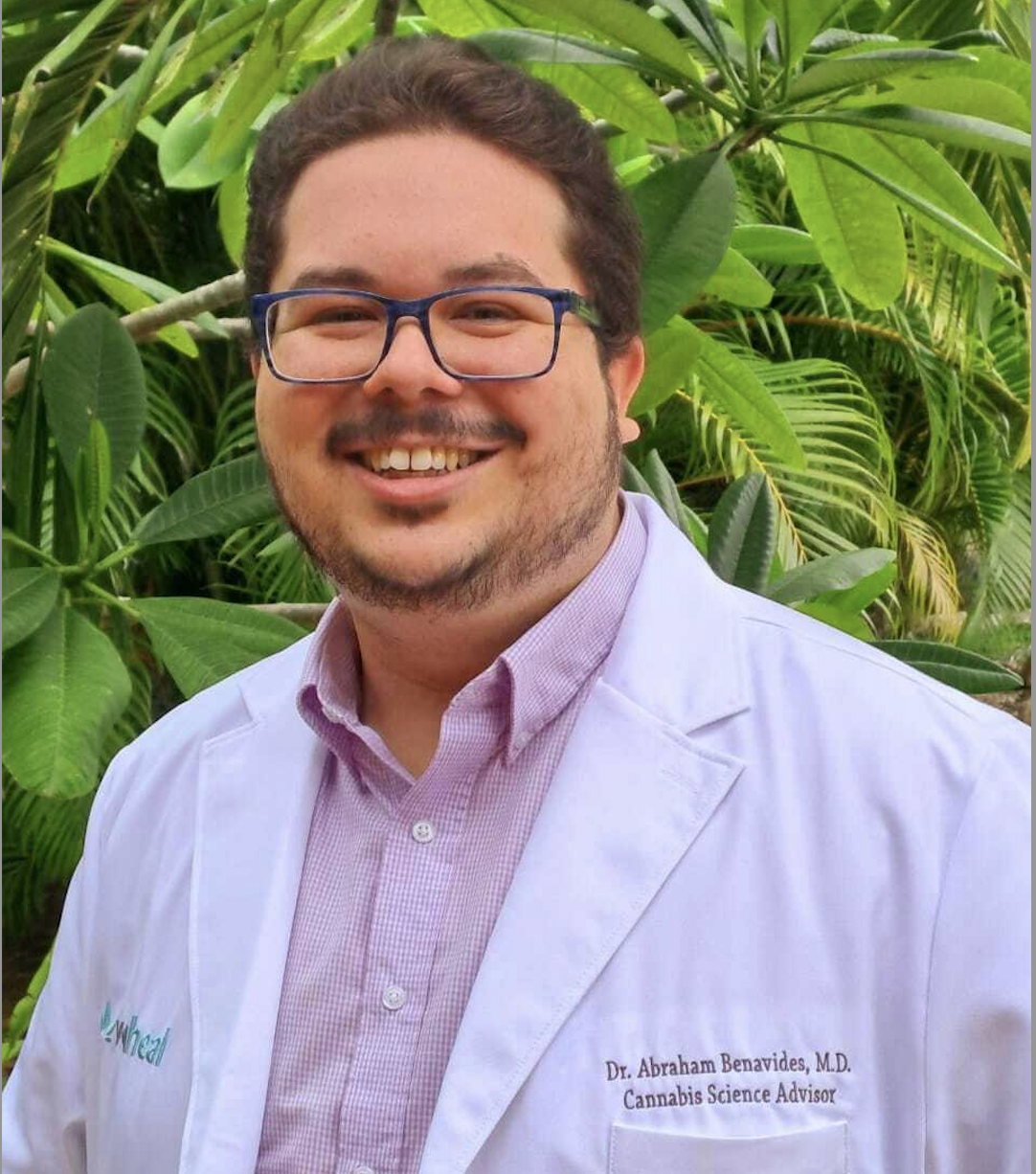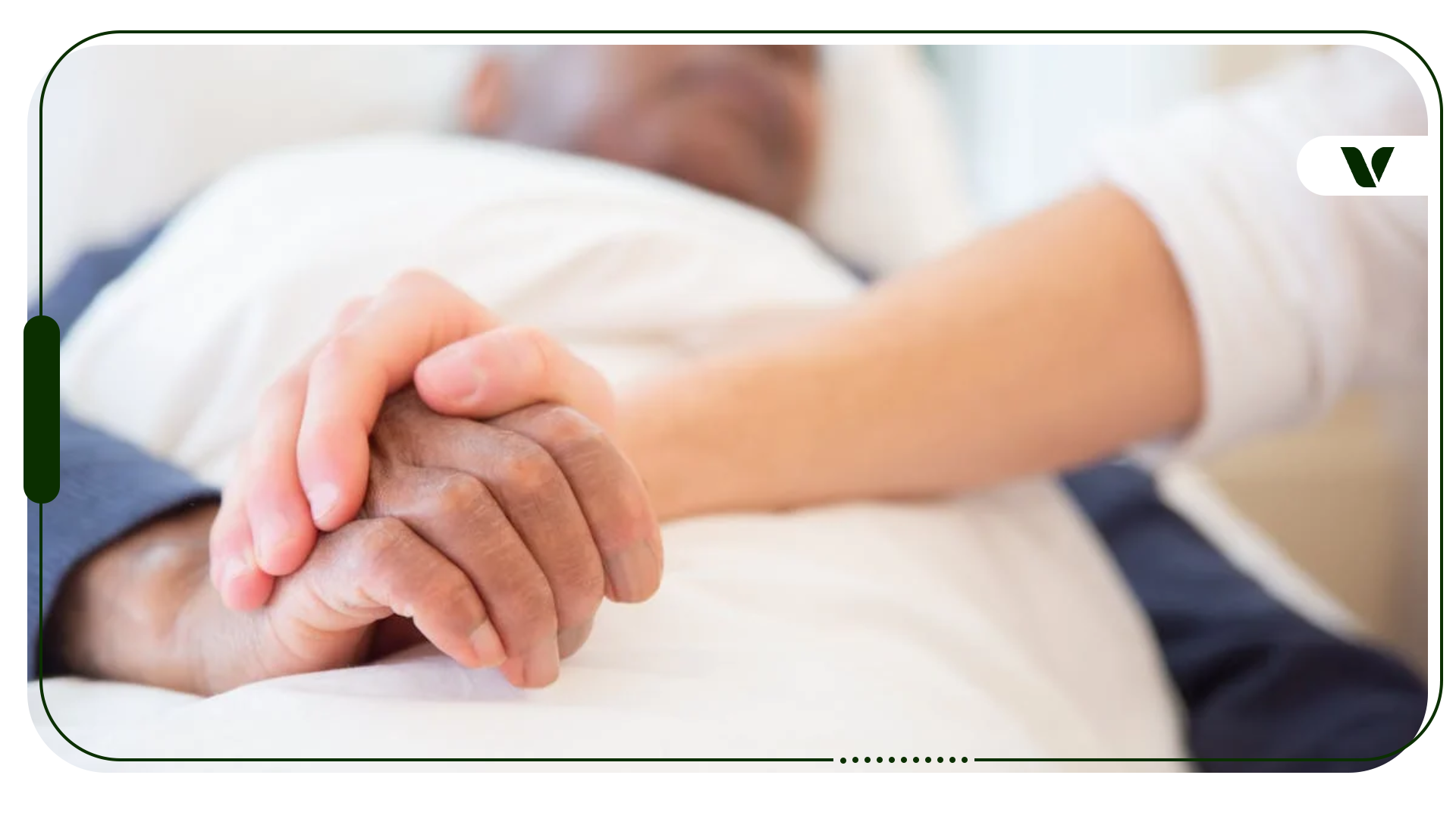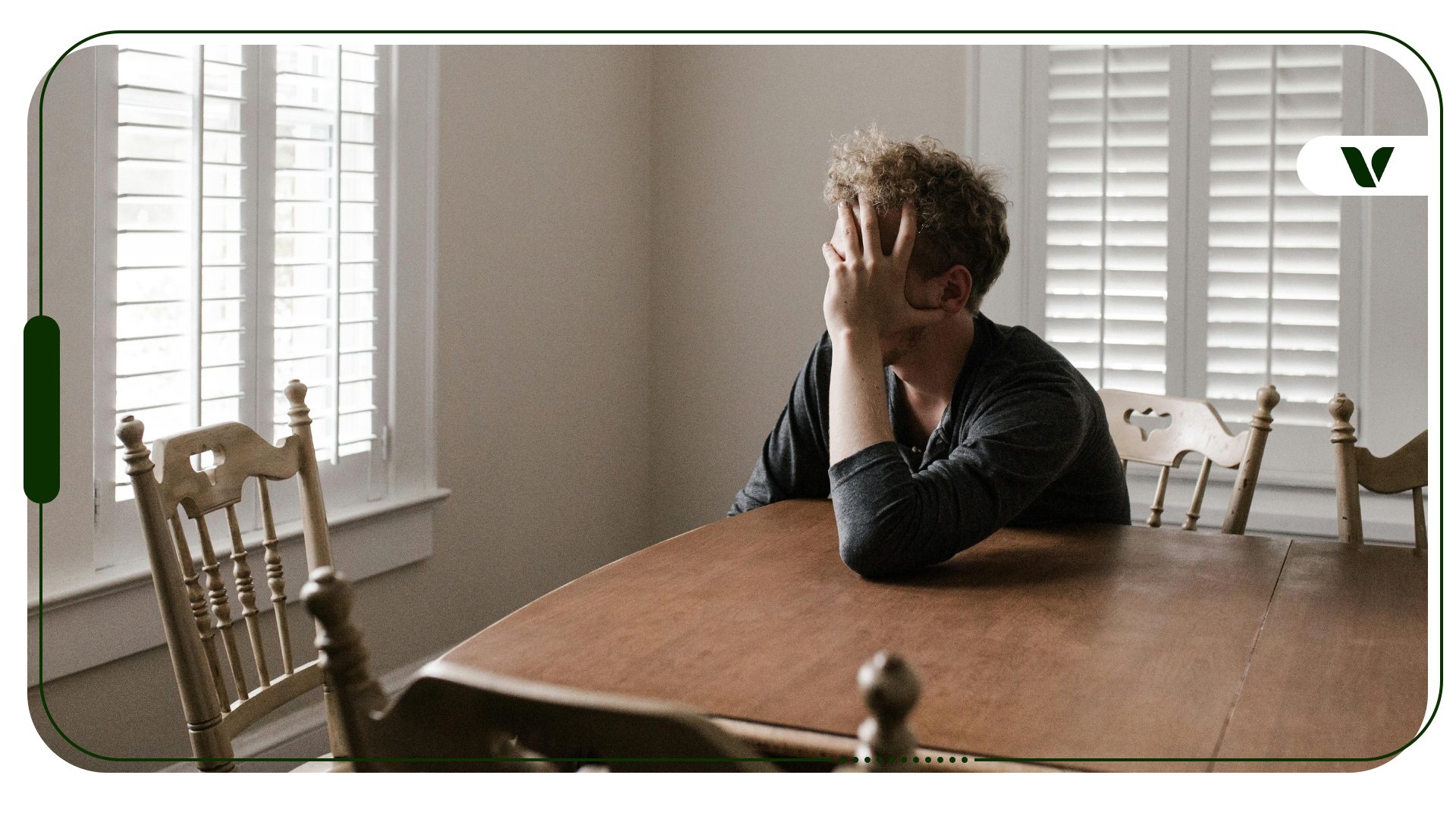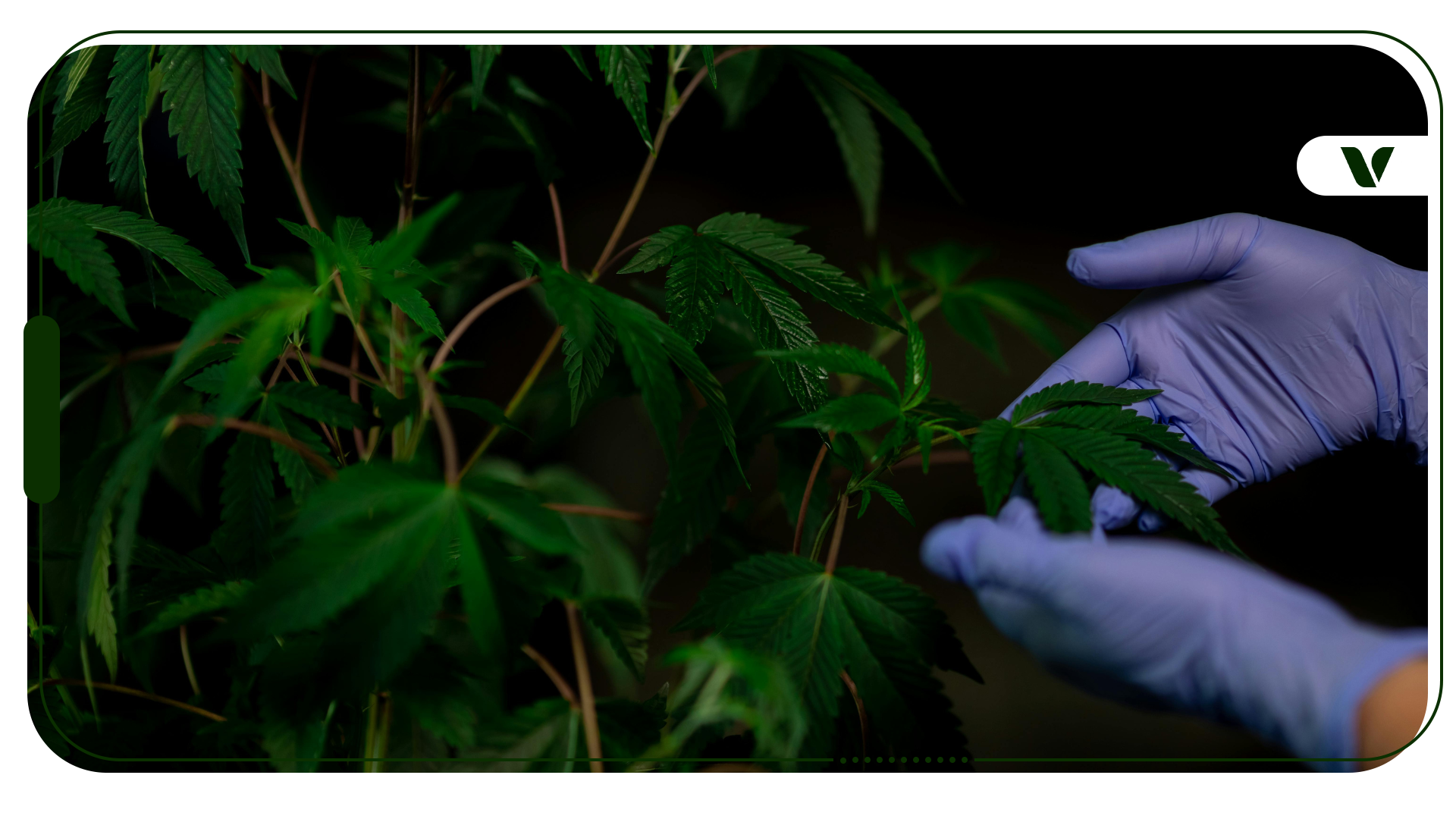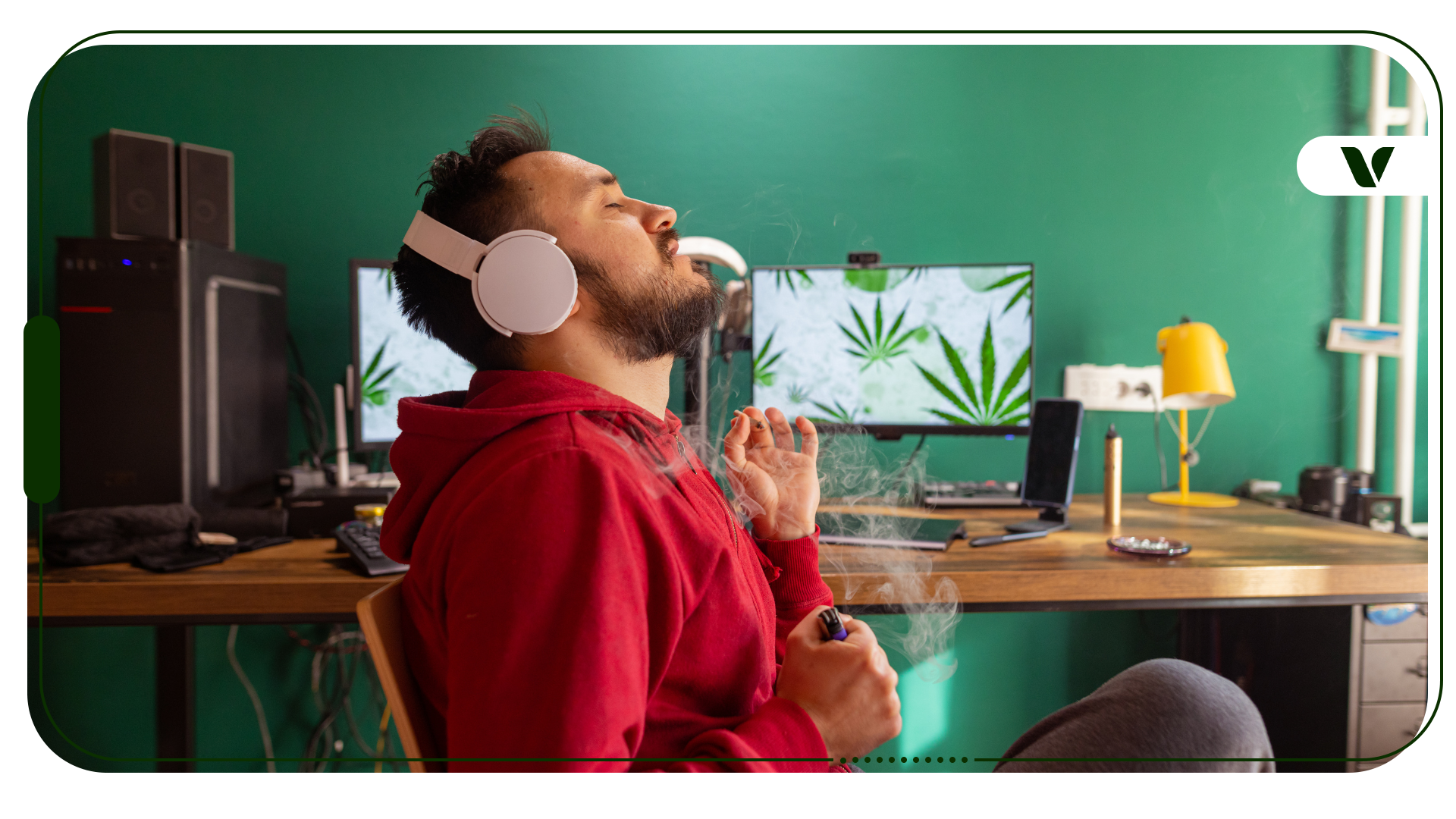Comforting a loved one who is seriously ill or dying is one of the most challenging and humanizing experiences. During this time, you must have all the right people, caring support, and information you need to manage best and move forward gracefully. Oftentimes, traditional treatments are insufficient when dealing with overwhelming symptoms; that’s usually when patients and families start wondering about medical cannabis.
I’ve empowered and helped many patients and their families through these hard times in various settings through evidence-based education and the soothing capabilities of medical cannabis in many forms. Likewise, I’ve seen firsthand how dramatically therapeutic cannabis is for them, especially after they’ve tried everything else first from every specialist. The right dosing and delivery strategies are essential for this fragile population and require personal optimization by cannabis-knowledgeable professionals to adequately meet their goals while avoiding or minimizing side effects.
It’s immensely rewarding to finally see patients and families get much-needed relief from treatment-resistant symptoms like pain, insomnia, nausea and vomiting, little or no appetite, anxiety, and mood disturbances. Especially when time is of the essence. Cannabis can also improve quality of life while helping patients stick to their chemo and reduce or eliminate opioid consumption.
In this article, you’ll gain useful tips and insights about using cannabis wisely in palliative care. Let’s start by understanding palliative care and related terms.
What’s The Difference Between Palliative, Hospice, and End-Of-Life Care?
Palliative, hospice, and end-of-life care share related aims but are technically different. They have distinct definitions and timing, most importantly.
Palliative care is a broad term involving multiple types of doctors, specialties, and providers. It aims to control symptoms of a serious, life-limiting disease, whether early or advanced and may involve intensive treatments for the underlying disease. Palliative doesn’t necessarily mean the patient is terminal or already at the end of life, but it also happens to encompass advanced care planning, hospice, respite, end-of-life care, and bereavement care.
Hospice is a specific kind of palliative care that is engaged when the prognosis is estimated to be 6 months or less of life remaining. It may be delivered at home, centers, or assisted living facilities. Still, patients can and do leave or re-enter hospice, often depending on disease exacerbations, insurance coverage, preferred facility availability, and financing difficulties, unfortunately.
End-of-life care is simply the immediate weeks or days before passing. This is when comfort and easing suffering are the predominant focus, regardless of whether the patient is at home or in a facility. Nevertheless, these terms all involve a core holistic approach tending to a patient’s autonomy, comfort, emotional, dignity, social, and spiritual care needs.
Why Use Cannabis For Palliative Care?
Our empathy as caretakers and providers drives us to prevent harm while easing pain and suffering, first and foremost. Throughout the disease process, managing difficult-to-treat symptoms for maintaining or improving quality of life is a primary goal.
Quality of Life First
With this in mind, I sought out some wisdom from my long-time colleague, mentor, and friend, Dr. Mikhail Kogan, MD. As a leading integrative geriatric and palliative medicine professor and provider at GW Medical Faculty Associates and the GW Center for Integrative Medicine, Dr. Kogan affirms that:
“Cannabis has become one of the most powerful tools in my medical practice for palliative care patients. It effectively addresses chronic pain, nausea, appetite loss, and anxiety, often improving quality of life where other treatments fall short. With its relatively low risk of adverse effects, cannabis provides a holistic and compassionate option for patients navigating serious or terminal illnesses. Based on what I have observed in my clinical practice, I decided to publish a review article to share this important information with others.”
Dr. Mikhail Kogan, MD
Chief Medical Officer,
GW Center for Integrative Medicine
This 2019 review article, co-authored by Dr. Kogan and Dr. Michelle Sexton, ND, describes how cannabis offers a natural, therapeutic alternative to “drug cocktails” and opioids and for handling the side effects of chemo and radiation. Less time spent dealing with troublesome symptoms and medication side effects means more quality time with family and loved ones.
Why You Should Get Your Medical Marijuana Card
Veriheal has satisfied millions of patients nationwide by giving them access to these benefits
- Larger purchase limits
- Peace of mind
- Enhanced legal protection
- Access to higher potency strains
- Save up to 25% on cannabis purchases
- Skip the line at the dispensary
What Are The Possible Benefits of Cannabis?
Their review paper is further supported by more recent 2024 cumulative data showing that cannabis may alleviate many tough symptoms of cancer, chemo, radiation therapy, advanced dementia, and related palliative conditions. For sensitive persons, hemp presents a non-intoxicating alternative to THC-dominant cannabis.
The potential benefits include more effectively addressing the following:
- Quality of Life
- Neuropsychiatric symptoms
- Anxiety
- Depression
- Agitation
- Mood
- Insomnia and sleeping issues
- Chronic pain
- With opioid- and NSAID-sparing effects
- Muscle spasticity
- Nausea and vomiting
- Primarily cancer and chemo-related
- Refractory to other medications
- Stimulating appetite
- Increases protein and carbohydrate intake
- Useful in cachexia related to cancer and advanced dementia
- Undetermined if weight is affected
- Chemo-induced effects and sensory changes
- Peripheral neuropathy
- Epilepsy
- Enhances food taste and perception
- Chemo-synergy and organ-protective effects
- Whole–plant compounds like cannabinoids, terpenes, and flavonoids may increase the absorption and effectiveness of certain chemo meds to kill cancer cells in vitro while protecting organs like the central nervous system, heart, kidneys, and liver from chemotoxic effects.
Precautions and Side Effects
Every substance on earth can have side effects, from water to cannabis. The possible risks are usually mild to moderate, temporary, and dose-dependent and can be avoided with an adequate dosing plan.
Potential side effects include:
- Feeling euphoric, or “high”
- From Tetrahydrocannabinol (THC)-dominant cannabis, not hemp
- Too much THC may cause dysphoria, anxiety, or panic
- It may be counteracted by Cannabidiol (CBD) – or Cannabigerol (CBG)-dominant formulations
- Dizziness or lightheadedness
- Drowsiness, sleepiness, or fatigue
- Dry mouth and dry, red eyes
- Fast heart rate
- Cognitive impairment
- Difficulty focusing, concentrating, memorizing, or learning
- Avoid driving or operating heavy machinery
- GI side effects
- Motor or balance discoordination
- Fall precautions in elderly and frail persons
Immunotherapy Concerns
Notably, there is some concern that immunotherapy and checkpoint inhibitors may work less effectively with cannabis. This stems from a notable 2020 study suggesting there may be an association between cannabis use and poor clinical outcomes in immunotherapy patients.
However, the cannabis-using patients were already in more advanced stages or 2nd-line immunotherapy than non-users, to begin with. Most were smoking cannabis (not advisable), and yet they still had a better quality of life. Also, there is conflicting 2023 data on the checkpoint inhibitor pembrolizumab that doesn’t show this deleterious effect. A new 2024 study also shows that low-dose THC may increase survival time for palliative patients, although immunotherapy isn’t mentioned.
If you are on or starting immunotherapy, consult your specialist first. Cannabis may still be used judiciously, but your doctors need to know about it.
How Can I Be Sure I Am Choosing the Right Product For Me or My Loved One?
The good news is that there are many ways to take cannabis that don’t involve smoking, including the following:
- Vaporizing dry flower or concentrates
- Oral consumption
- Sublingual varieties
- Tinctures
- RSO or crude extract
- Mouth sprays
- Nasal sprays
- Topical applications
- Balms, creams, lotions, ointments, patches, etc.
- Suppositories
- Expensive but can be homemade
- Practical in cachexia, pelvic pain, cancer, nausea, advanced dementia, post-stroke, cases of difficulty swallowing, breathing, altered mental status, or following commands
Choosing the right cannabis products can be tricky, but you can easily take an educated shortcut by requesting a Veriheal personalized consultation or asking your cannabis-knowledgeable provider.
Natural vs Synthetic Cannabis
Another insight from Dr. Kogan’s article is the comparative cost-effectiveness of over-the-counter, natural high-THC oil over morphine and pharmaceutical, synthetic cannabinoids. Ironically, the cost of FDA-approved, lab-made cannabinoids like dronabinol (synthetic THC isolate) starts at $1K and runs as high as $10K per month! This is simply out of financial reach for hospices and patients alike, making natural, whole-plant options even more appealing.
Instead of isolates, whole-plant formulations contain hundreds of beneficial cannabinoids, terpenes, flavonoids, and much more. Together, their synergistic effects against cancer, neurodegenerative diseases, pain, inflammation, anxiety, and more, are likely stronger and more therapeutic than any component alone. For these reasons, plus affordability, I always choose high-quality, full-spectrum products for my patients.
How Might Psilocybin Help?
Psilocybin is an ancient psychedelic medicine that is often misunderstood. Several studies recently point to the potential benefits of psilocybin in palliative care for anxiety, depression, suffering, existential fear of dying, and more.
If you’re interested, please check out this enlightening Veriheal article.
Looking Into The Future With Hope
Our feelings around serious illness and dying vary individually and are complicated because we all process trauma and grief in different ways. However, prioritizing comfort is universal.
Cannabis offers a simple, effective, and holistic way to regain some of the time spent on dealing with symptoms and side effects. It gives us another chance to spend precious time and energy with our loved ones when it counts the most.
Don’t forget, that the people we truly love will always remember us as champions, regardless of whether we took cannabis or not.
Author, Share & Comments


